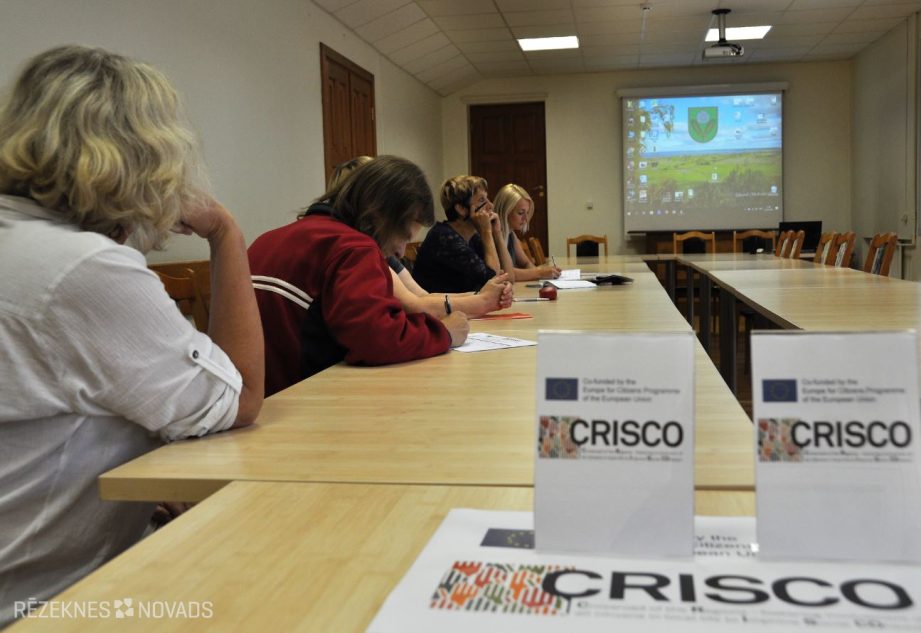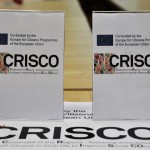Learn how to recognize false messages

On July 27, a lecture “reputation in artificial intelligence and big data era” took place in the municipality of Rezekne. Lectore Linda Curik, Head of Communications of THE NATO Strategic Communications Excellence Centre, says: “today, much is spoken about the Russian information war and the fake news spread that not only affects what we think, but also how we do. Therefore, communicators who operate in any area are very important to understand how this information is disseminated and how to take care of the reputation."
The lecturers of Rezekne municipality took part in the lecture, but also came all who used the Internet daily and shared the news. Currently, in the Internet era, people using social networks are being misled around the world. In order to change this situation, there are different actions.
“There are various plans that have been planned by governments, both in terms of promoting media literacy in society and investing, so that young people and teachers are skilled in media consumption. There are countries that strengthen national media, are countries that choose to punish media and people who disseminate misleading news; social networks are trying to take a lot of things from them”, says Curika.
Sometimes it is hard to distinguish the information that is true, but which is false. It is therefore important to think about what information we share and remember that sharing false news negatively affects the reputation of a person.
This is particularly true for news that creates strong emotions - rapid anger, hatred, very worrying, so there is a reason to treat the message critically. When you see information that prompts you to doubt its truth, you must enter an Internet search engine, or other media are written on the same subject. If you write, then how the message is delivered. It is necessary to assess the source of the information and to clearly read the text of the whole message, not just its title.
Fake news, news headlines, are designed to affect people's news headlines so they can share this message with this message, because they don't see shocking photo promises and headlines in objective media - you don't believe what happened to that person. A note with a note - which will not be seen, shocking photo or news that the minimum wage in Latvia will be only eur 265 or the mandatory military service is renewed from the following year – such loud, false, attention-bound titles describe false news that people believe and share in social networks.
“Last year, the first wave was published, that a girl was missing; people shared a message, that is what you can do.” Emotionally, she felt responsible, but it turned out that the girl was missing. What is the point of such articles? For each open page, they earn money, ”says Linda Curika, head of the NATO Strategic Communications Centre of Excellence.
Similarly, false news, it is a way of changing public opinion, they can also be political objectives. False messages are quickly distributed because it is concluded that people are sharing articles on social networks by viewing only their titles or the inserted image without explaining the author and without reading the entire article. However, at the moment, the evaluation of news, it is a job and a responsibility to other people who, seeing that we share this news, trust us, says Linda Curika. People also recognise that false news is a problem and a way to manipulate society.
“As you know, is it true or false?” It was recently written that one shop was burned, but the name is not properly signed, and it can be understood that it is not true. Is this a problem today? On the Internet, yes, there are often. You can see? “Of course not all can be distinguished,” says Inita.
The event was organised in cooperation with THE NATO Strategic Communications Excellence Centre, as well AS the project CRISCO – “Promoting regional cross-border communities in local community life to increase the effectiveness of cohesion policy”.
Diana Selecka Text and Photo




